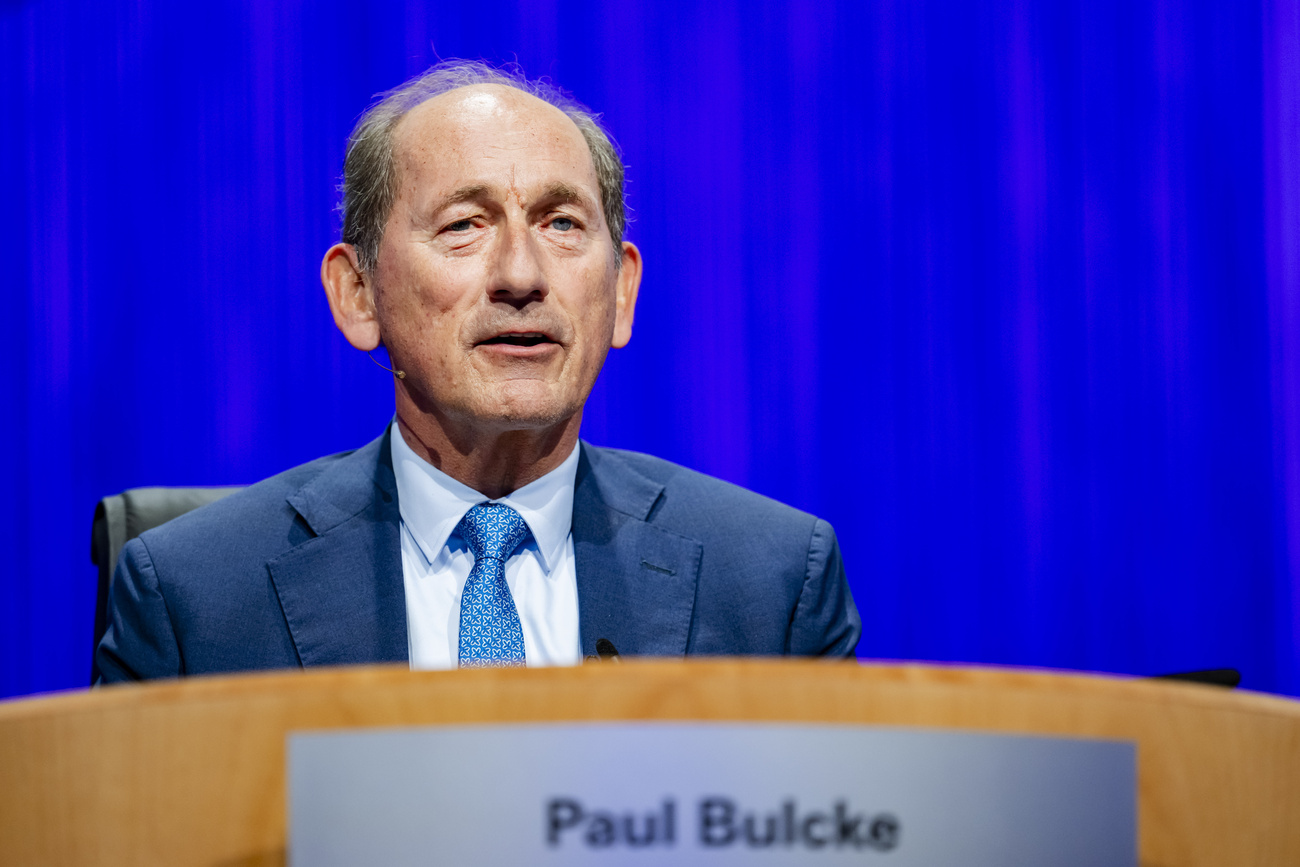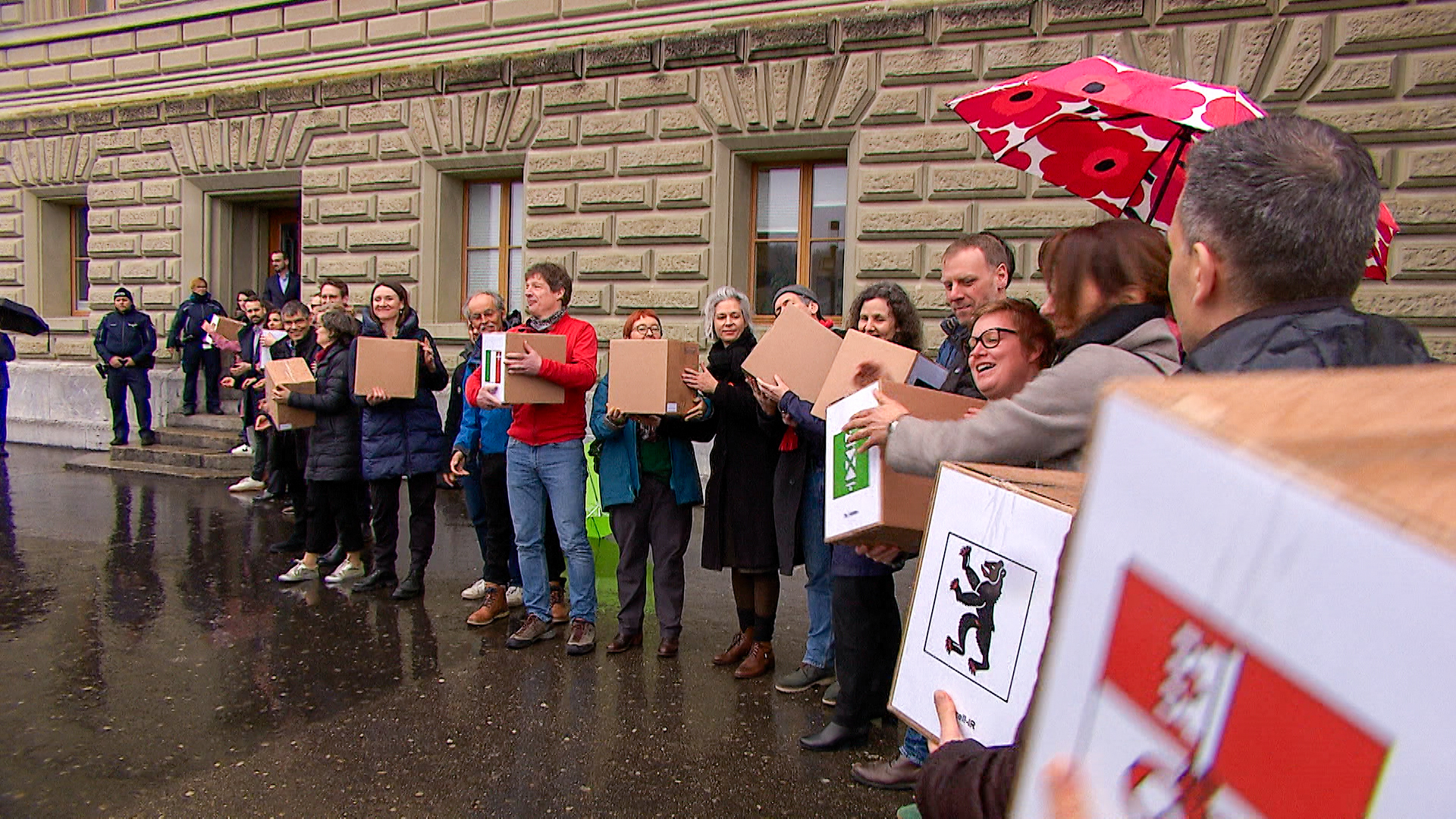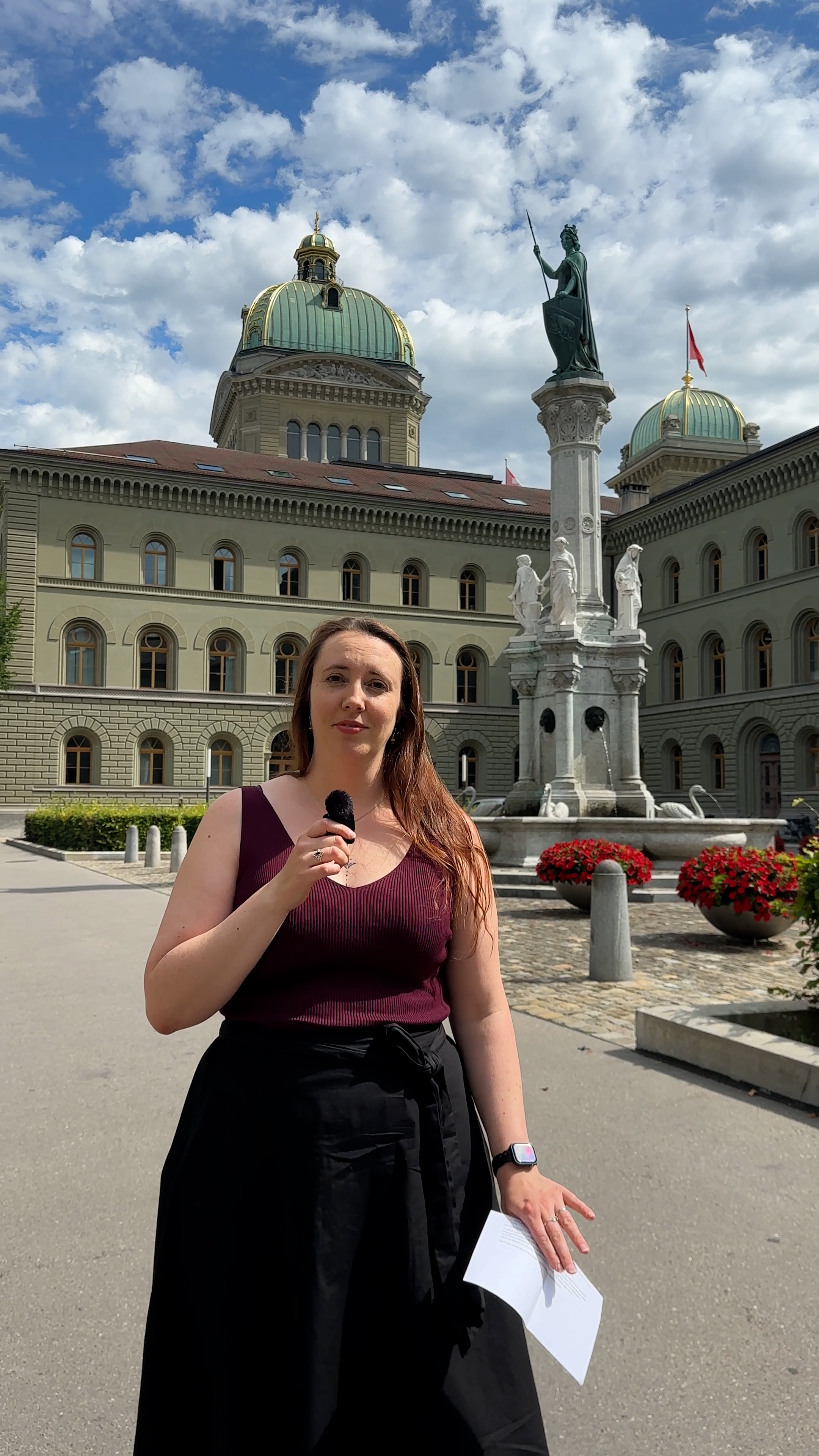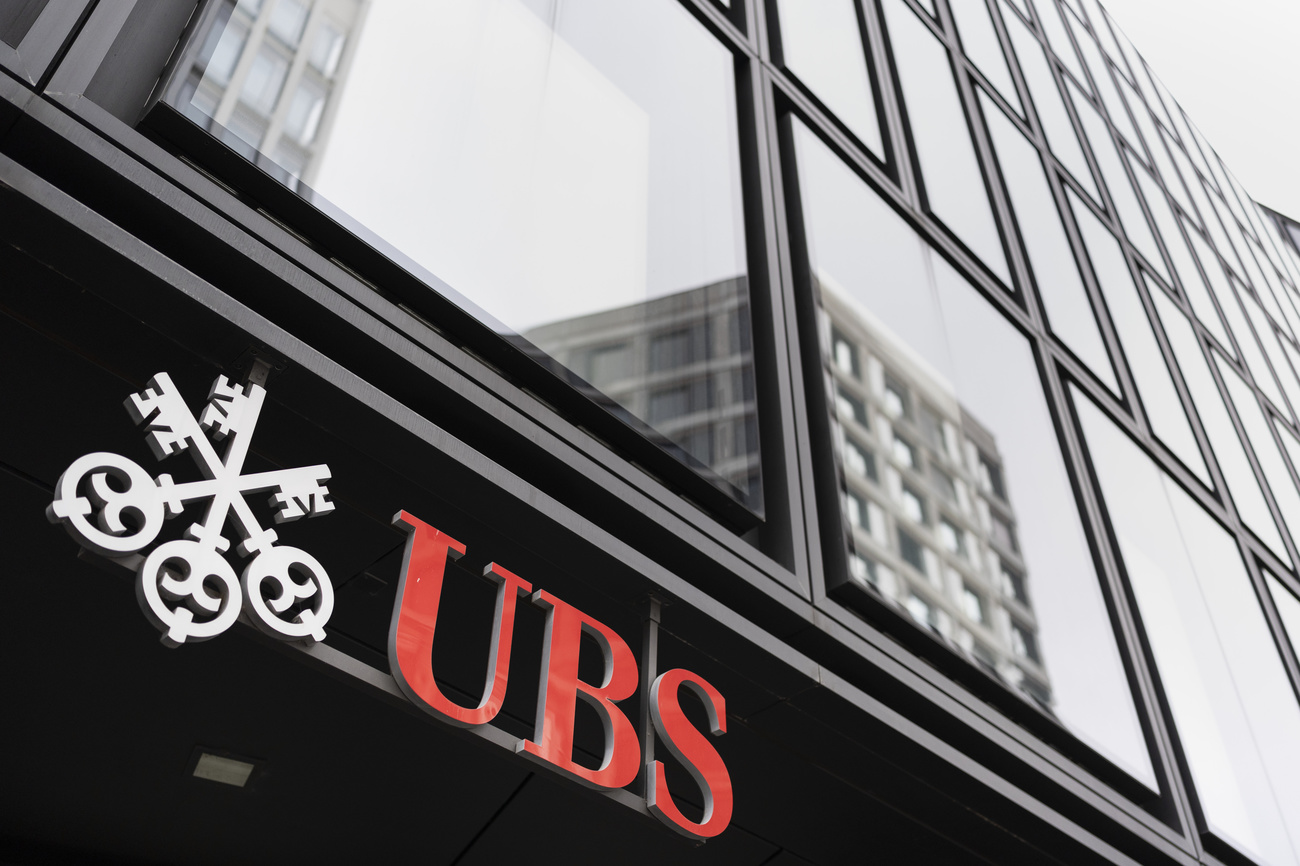
Swiss Central Bank Is Set to Avoid Going Negative on Rates This Week
(Bloomberg) — The Swiss National Bank’s threat to cut borrowing costs and deploy the world’s only negative monetary policy stance is likely to stay unfulfilled this week.
Almost all of the 24 economists surveyed by Bloomberg reckon officials will shirk from an interest-rate reduction below zero on Thursday, preserving firepower as they take a sanguine view on weak inflation.
SNB President Martin Schlegel and his colleagues have repeatedly insisted that they’re prepared to return if needed to a policy last deployed three years ago. But given the potential damage it can wreak on the financial system, the bar for a move is higher than for conventional easing.
That’s why, with price growth expected to accelerate — and despite the central bank’s frequent habit of surprising investors in the past — forecasters are relatively confident of the result at the upcoming quarterly monetary decision, which will be followed in October by a new discussion summary.
“Inflation is clearly away from zero and on an upward trajectory,” said Karsten Junius, chief economist of J Safra Sarasin. “They will tread water.”
The case for a cut would be to stoke inflation and to deter inflows into the currency, whose strength depresses import prices. The franc hit a decade-high against the dollar last week, and is not far off a similar level against the euro. Containing it would help exporters reeling from US President Donald Trump’s import tariffs of 39%, the highest for any advanced economy.
The shock of a rate reduction could be another reason to move, maximizing the currency impact. The Swiss have a record of springing surprises: A Morgan Stanley analysis in July found that they hold the least meetings of all major central banks, but act against market pricing most often when they do.
The SNB could also want to mirror global peers. The Federal Reserve delivered its first reduction since Trump’s return to office this month, and on Tuesday, Sweden’s Riksbank moved too.
“There are more reasons for the SNB to cut rates than hold we think, given we expect inflation to fall over the coming quarters — rather than rise as the SNB expects — and mounting downside risks to inflation, including from the probable hit to growth from higher US trade tariffs and incoming cuts to electricity bills,” said Melanie Debono, an economist at Pantheon Macroeconomics.
She is currently alone in anticipating a quarter-point reduction, after other forecasters shifted view. Those at Goldman Sachs Group Inc. did so as recently as last Friday and called the end of the easing cycle, in a reflection of how pressure for a cut has weakened. Futures contracts suggest currency investors aren’t poised for a move either.
Inflation is just 0.2%, but that’s faster than the SNB forecast. Price growth has stayed positive for the past three readings and while it previously dipped below zero in May, that was Switzerland’s only negative reading in four years. Economic growth has also held up.
Further ahead, wages that look to increase above average could balance rent cuts from a drop in a key mortgage benchmark.
Moreover, while officials have threatened a cut, their recent emphasis has been on its adverse effects. And the apparent doctrine the SNB has evolved on the franc, given limited ammunition, now seems to be to act judiciously to stem gains as a wave-breaker rather than push against every trade.
What the SNB does have this time is a new tool to communicate. Four weeks after its decision, it will release a summary of arguments made by policymakers during their discussion, in a move toward producing the sort of minutes-like publications that other central banks do.
The document will aim to balance the SNB’s approach of maintaining a single collective message in public while offering transparency on the thinking behind its actions. Its usefulness for investors remains to be seen.
“There’s a danger that these minutes will be just a longer version of their press release,” said Gero Jung, head of investment strategy at Banque Cantonale du Valais. “Clearly, there will be nothing in there which the SNB doesn’t want to say publicly.”
While there’s near-consensus on the decision this week, economists are less united on the SNB’s steps in future. Roughly a quarter of those recently surveyed by Bloomberg predict a cut in December, by which time officials will have a better picture of the impact of US tariffs. Government officials are meanwhile trying to reach a deal with Washington.
For Swiss Life Chief Economist Marc Bruetsch, things will need to get markedly worse for the SNB to act.
“There are isolated signs of a further deterioration,” he said. “But I doubt that these are sufficient to make the SNB introduce subzero rates.”
–With assistance from Harumi Ichikura and Joel Rinneby.
©2025 Bloomberg L.P.


































